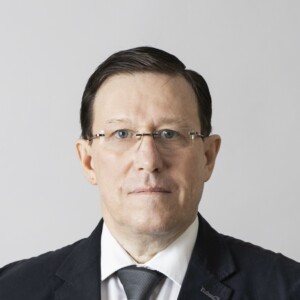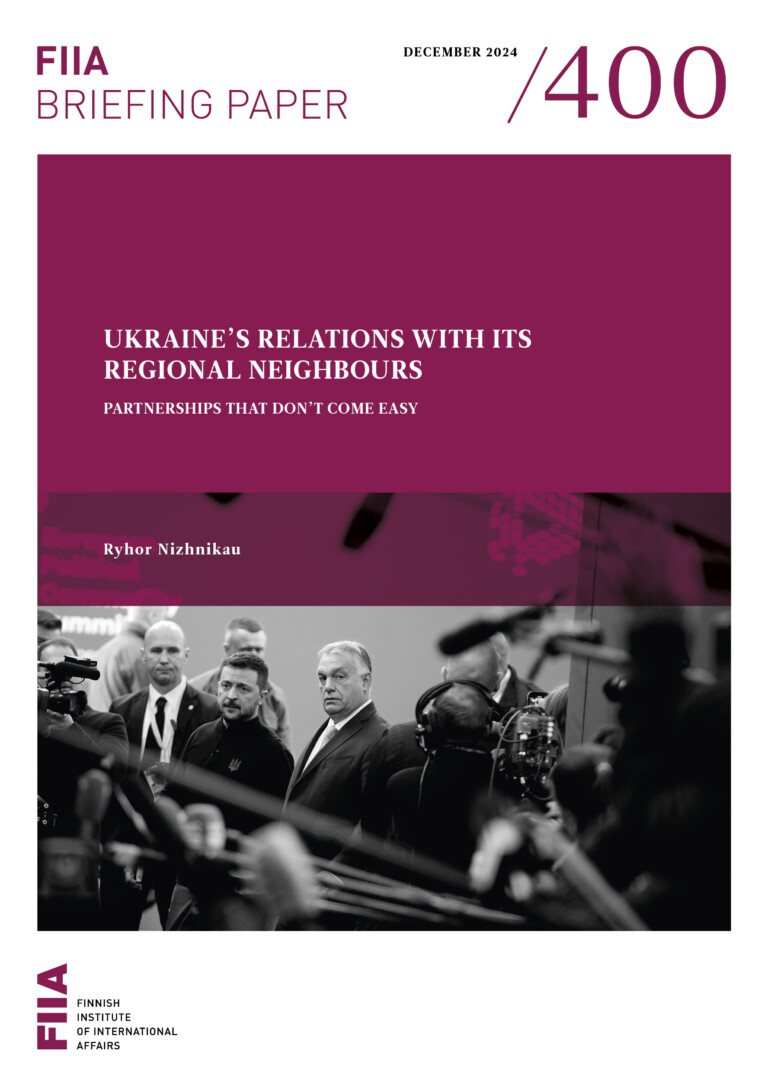The EU’s eastern transport corridors, established in the mid-1990s, have evolved into ‘axes’, ‘dialogues’ and ‘partnerships’ which, taken together, form a network of overlapping venues for the EU-Russia interaction. The changes currently underway are paving the way for the consolidation of regional cooperation schemes.
The EU prioritizes so-called horizontal measures, including efforts to harmonize the legislation, standards and technical specifications of the neighbouring countries with those of the EU.
From the Russian perspective, pressing issues in transport and infrastructure development lie elsewhere. The Sochi Olympic Games and the World Cup are providing the primary impetus for transport modernization up to 2019. Another major issue is transport security – or the lack of it.
The opening of the Northern Sea Route will potentially change the whole face of Russia, a possibility that should be heeded more closely, along with the possible effects of the new route on the global trade flows. In the future, especially in the framework of the Arctic region, high priority should be given to the sustainability and security of transport.
Notwithstanding the differences in priorities, deriving partly from the asymmetry of the economies and partly from different policy environments, the parties share a mutual interest to cooperate. A predictable policy environment in Russia would be particularly beneficial in this respect.





